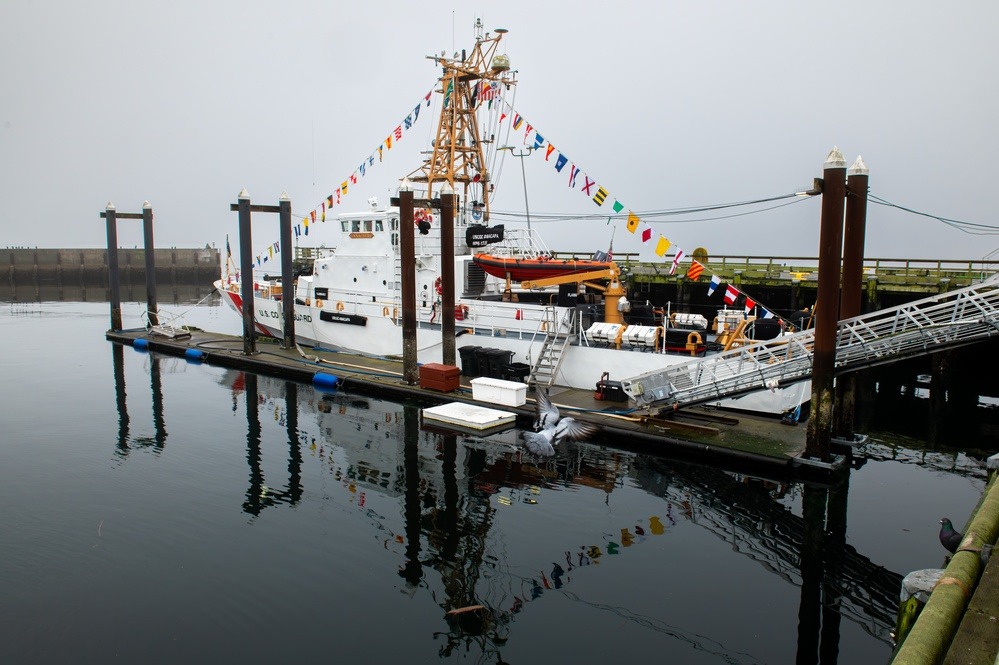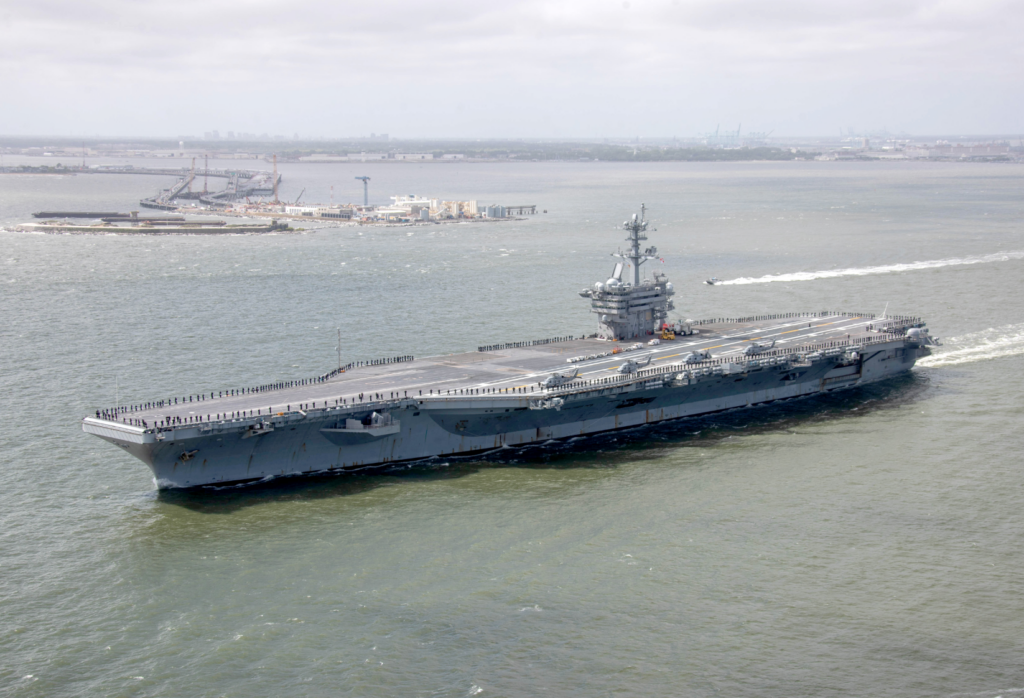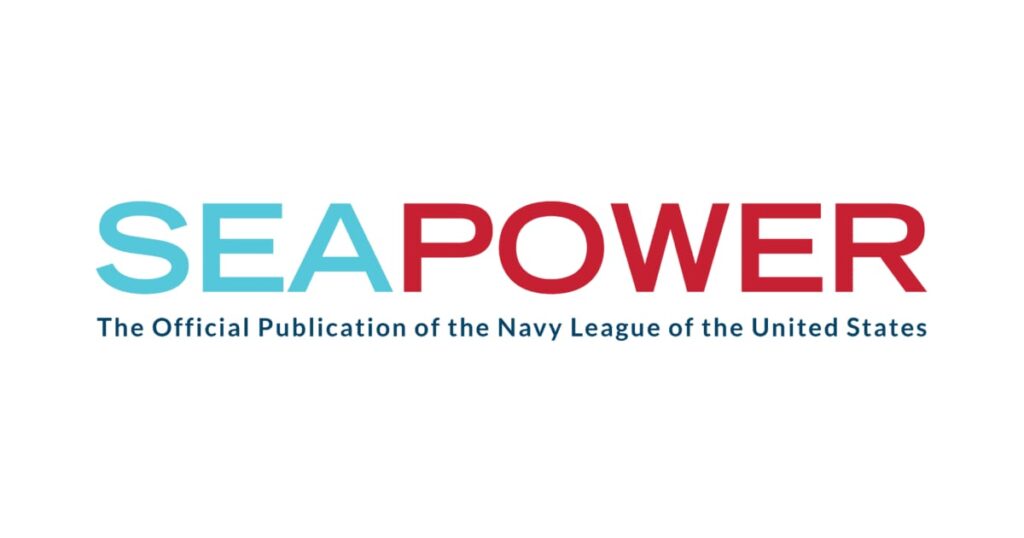U.S. Coast Guard Cutter Anacapa Decommissioned after 34 Years of Service

From U.S. Coast Guard 13th District, April 29, 2024
SEATTLE — The Coast Guard decommissioned the U.S. Coast Guard Cutter Anacapa (WPB 1335) during a ceremony, Friday, in Port Angeles, Washington.
Rear Adm. Charles Fosse, commander, Coast Guard 13th District, presided over the ceremony honoring the 34 years of service the Anacapa and its crews provided to the nation.
Commissioned in 1990, Anacapa was one of 49 Island-class cutters built in Bollinger Shipyards in Lockport, Louisiana and was originally homeported in Petersburg, Alaska for more than three decades.
“The cutter Anacapa has been a reliable and highly effective presence in our nation’s coastal waters for more than 30 years, conducting life-saving missions, ensuring preservation of precious natural resources and contributing to national security,” said Fosse. “I want to thank the crew serving today, and all who served aboard Anacapa over these many years, for their dedication and service to our country.”
While homeported in Port Angeles, the Anacapa successfully conducted numerous missions. Notably, in August 2022, the Anacapa rescued three people from a disabled sailboat and conducted an overnight tow of the vessel. Additionally, in April 2023, the Anacapa responded and assisted in the safe evacuation of 600 passengers when the Walla Walla ferry grounded in Rich Passage.
“Even though the Anacapa had a short stay in her Port Angeles home port after cutter Cuttyhunk was decommissioned, she filled the remainder of Coast Guard coverage needed in the Pacific Northwest,” said Chief Warrant Officer Holly Campbell, Anacapa’s commanding officer. “The crews of the Anacapa have held the highest standard of excellence in serving our area of responsibility with pride, professionalism and resiliency throughout their tours of duty. The Anacapa has stood the watch for 34 years of honorable service to our nation. Fair winds and following seas during your last voyage, Anacapa. Thank you for your service.”
Following the decommissioning ceremony, the Anacapa will transit to the Coast Guard Yard in Baltimore, Maryland, and will be placed in the Cutter Transition Division.







